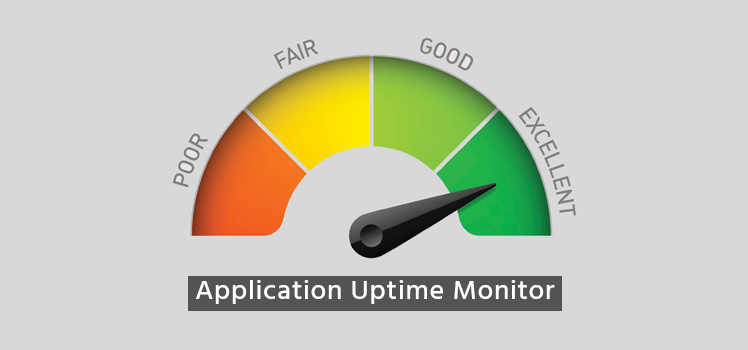Primary DNS or Secondary DNS?
A frequently asked question at Total Uptime is whether to use our cloud DNS platform for Primary DNS or Secondary DNS. Prior to answering that question, we should probably first define the difference between the two, and then the benefits of choosing to use Total Uptime for one over the other.
Primary DNS is generally the DNS server (or service) that hosts the controlling zone file, otherwise known as the domain name. Every zone or domain can only have one controlling DNS server (it could also be more than one server, like a network or DNS provider, but still just one.) At the Primary DNS provider you manage your zone by adding/editing/removing resource records. These changes are then populated within that DNS hosting company’s network.
Secondary DNS is a feature that was built into DNS in the early days to allow secondary or redundant DNS name servers to pull a copy of the entire zone file from the primary making it necessary to only update the primary server. Think of it as a “read only” version. Essentially, it was designed to make administration easier. While it was designed for the specific purpose of easily replicating a DNS zone from one server to another, it is not commonly used for that purpose anymore within a primary DNS provider’s network. For example, here at Total Uptime we do not use it internally to replicate zone information between our many global servers. We’ve developed a proprietary database-driven system to keep all of our global name servers up-to-date, mostly for security and reliability, but we won’t go into the specifics on why in this article.
Secondary DNS is still a feature customers can use to replicate DNS between two DNS providers, however. For example, if Total Uptime is the primary DNS provider, all management of your zones would occur on our platform. But you could configure another provider to replicate them using the secondary DNS feature. It’s as simple as configuring our platform to allow zone transfers (AXFRs) from us to them. Then configuring the zone in their platform to slave/replicate them from us.
Of course, Total Uptime can also be configured to act as the secondary DNS provider too. This may be desirable if you prefer the management interface of another DNS provider, or if you manage it in-house, for example you use Windows DNS and prefer to keep things the way they are. In this case, we can replicate the zones across our entire global platform to seriously improve redundancy, resiliency and performance.
The primary reason why most customers choose to use Total Uptime as the primary DNS provider is simply due to the fact that we have a very robust, secure and easy-to-use management interface. Our API also makes integration simple too… and we guarantee the availability of our management interface 99.999% of the time and also provide a 60 second propagation SLA.
So, whether you choose to use Total Uptime as your primary DNS provider or another provider or system, we’ll support it either way.
 What is an Application Delivery Network?
What is an Application Delivery Network?  Global Server Load Balancing (GSLB)
Global Server Load Balancing (GSLB)  Measuring Failure
Measuring Failure 


